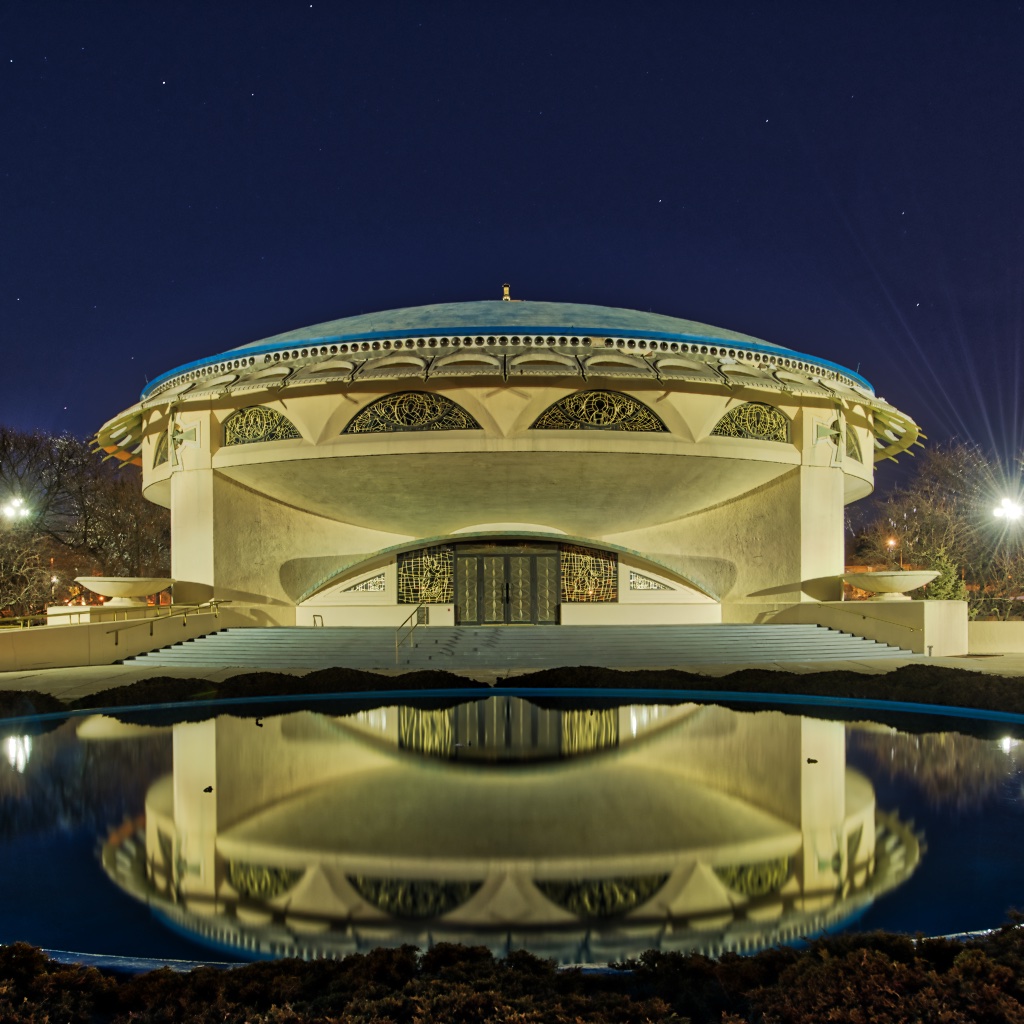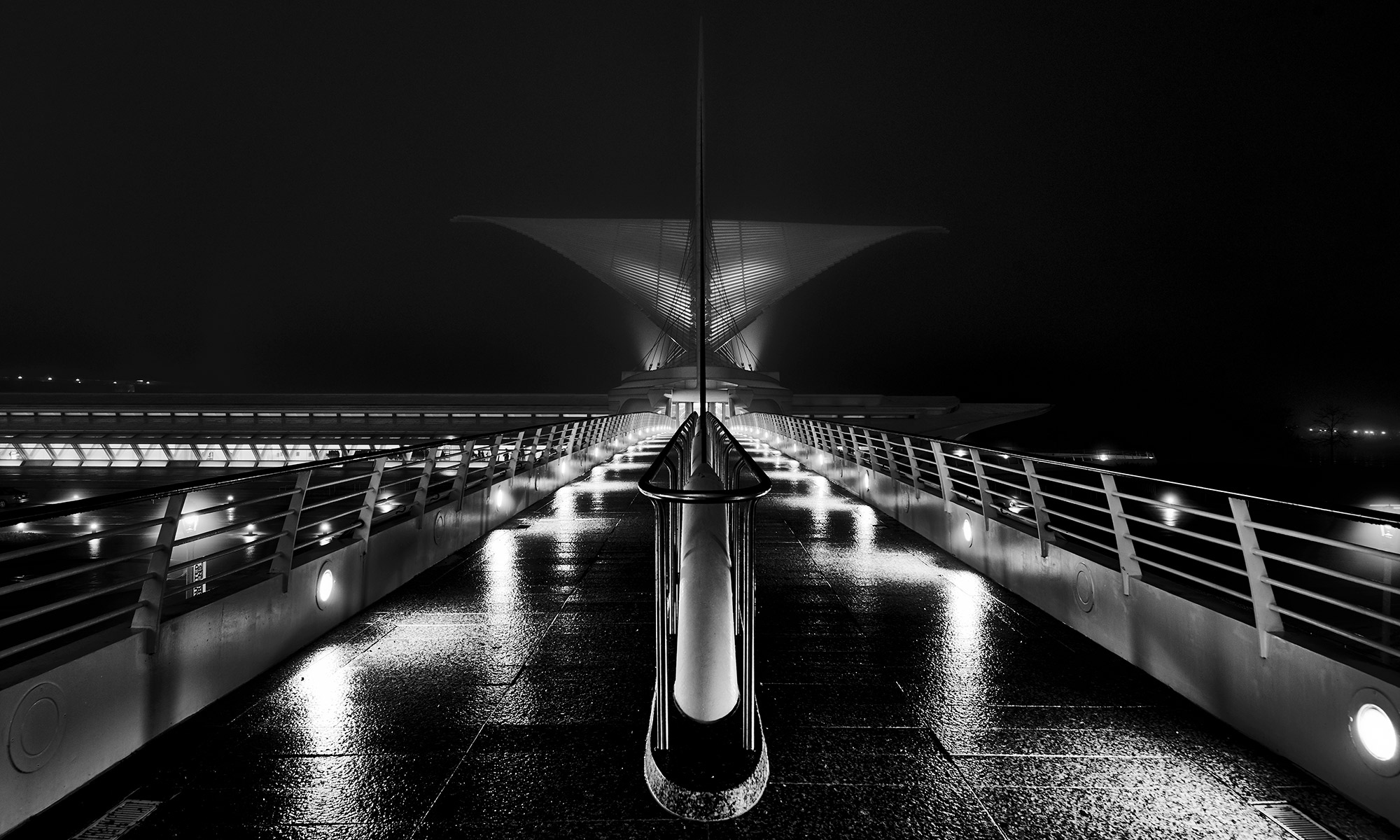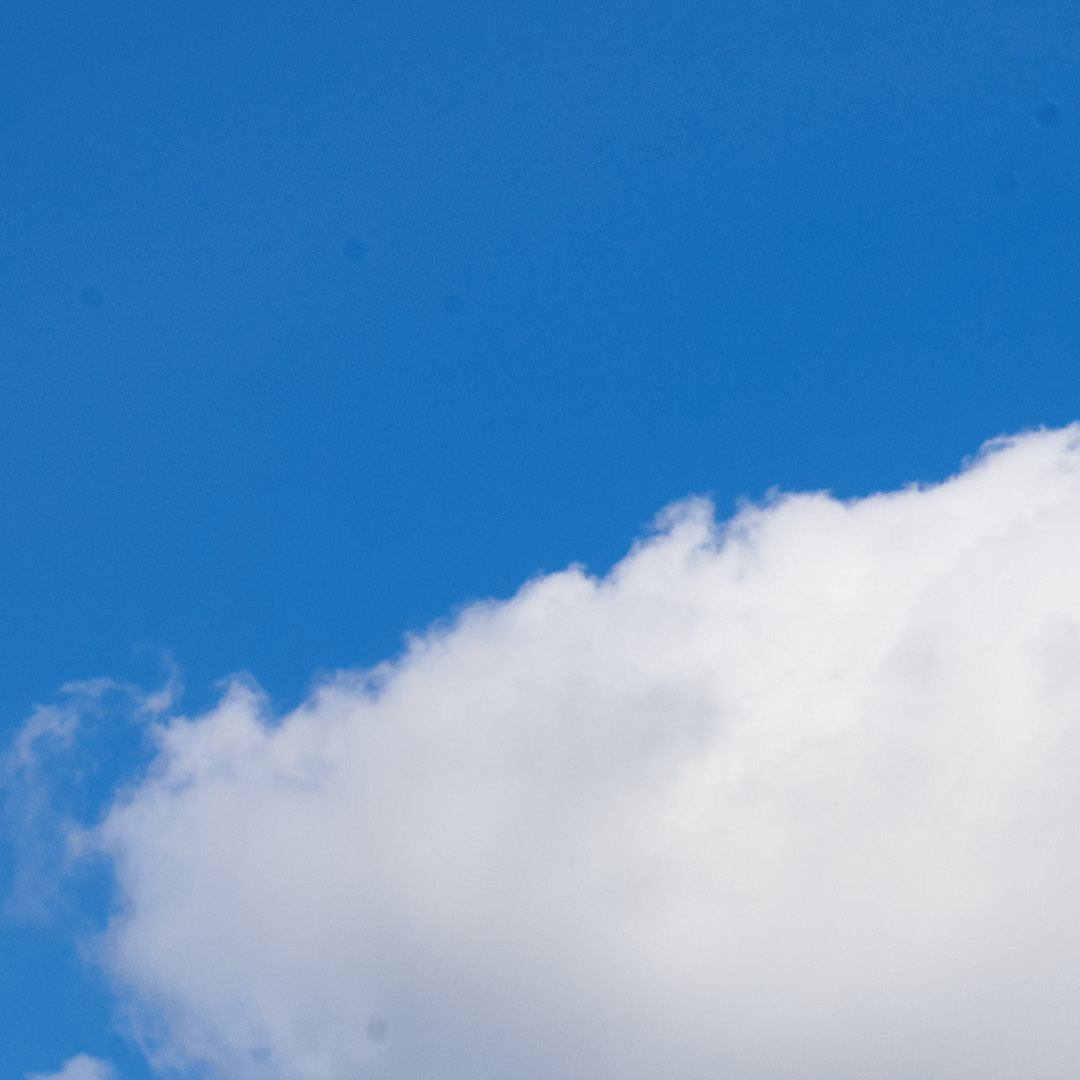The other day on Quora, someone asked “What are the best reasons to switch from a Nikon D610 to a Nikon D750?” (Amazon affiliate links) It may be a little unfair, but I read this as “What is the best excuse to buy a new camera.”
My answer was simple: Because the D610 doesn’t do something specific you need, and the D750 does. And that feature is worth $2000 to you. If you can’t answer what that benefit is, there is no reason to buy replace a fully functional piece of equipment. If I were looking to buy a new camera, the WiFi and tilting screen might be worth the $300 difference, but it isn’t worth $2000, or even the $1000 if I could get $1000 for the D610 body. Add to that the time to buy the new camera, sell the old camera, and learning a new camera, and it becomes even more expensive to switch. Are there benefits big enough to justify that cost? If not, better to keep your money, or all too often your credit card, in your pocket.
Another way to look at that money is as hours of your freedom. For a median US income of $56,000, a $2000 camera represents over 70 hours of work. Factor in that about a third of your income goes in taxes, and it’s over 100 hours. Pay for it on credit that isn’t paid immediately, and it could be many times that.
Of course, there are times where it is worth upgrading, but make sure that you are spending money intelligently, not just chasing the latest and greatest just because it’s new.
A question I like to ask when I am looking at new equipment is “what pictures, that I want to take, can I not take without this?” The part about “that I want to take” is important. A D5 could double the frame rate of my D610, but almost nothing I shoot would benefit from that. I could get the perfect portrait lens, and almost never use it, because that’s not the work I do. Make sure that the features you are buying create benefits you actually need.
If you really have an extra $2000 burning a hole, you will often get better results out of a trip, some training, or a workshop. The benefits of those will last long beyond the release of the next camera upgrade you will have to have.


